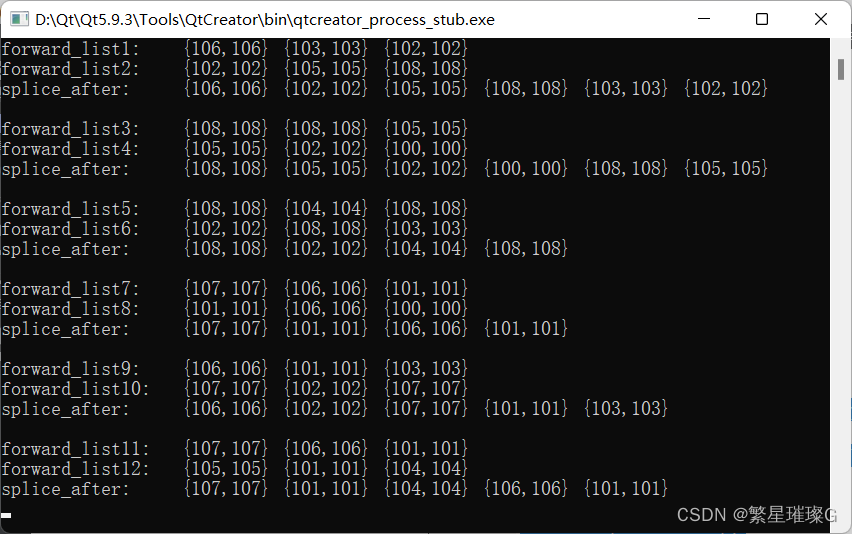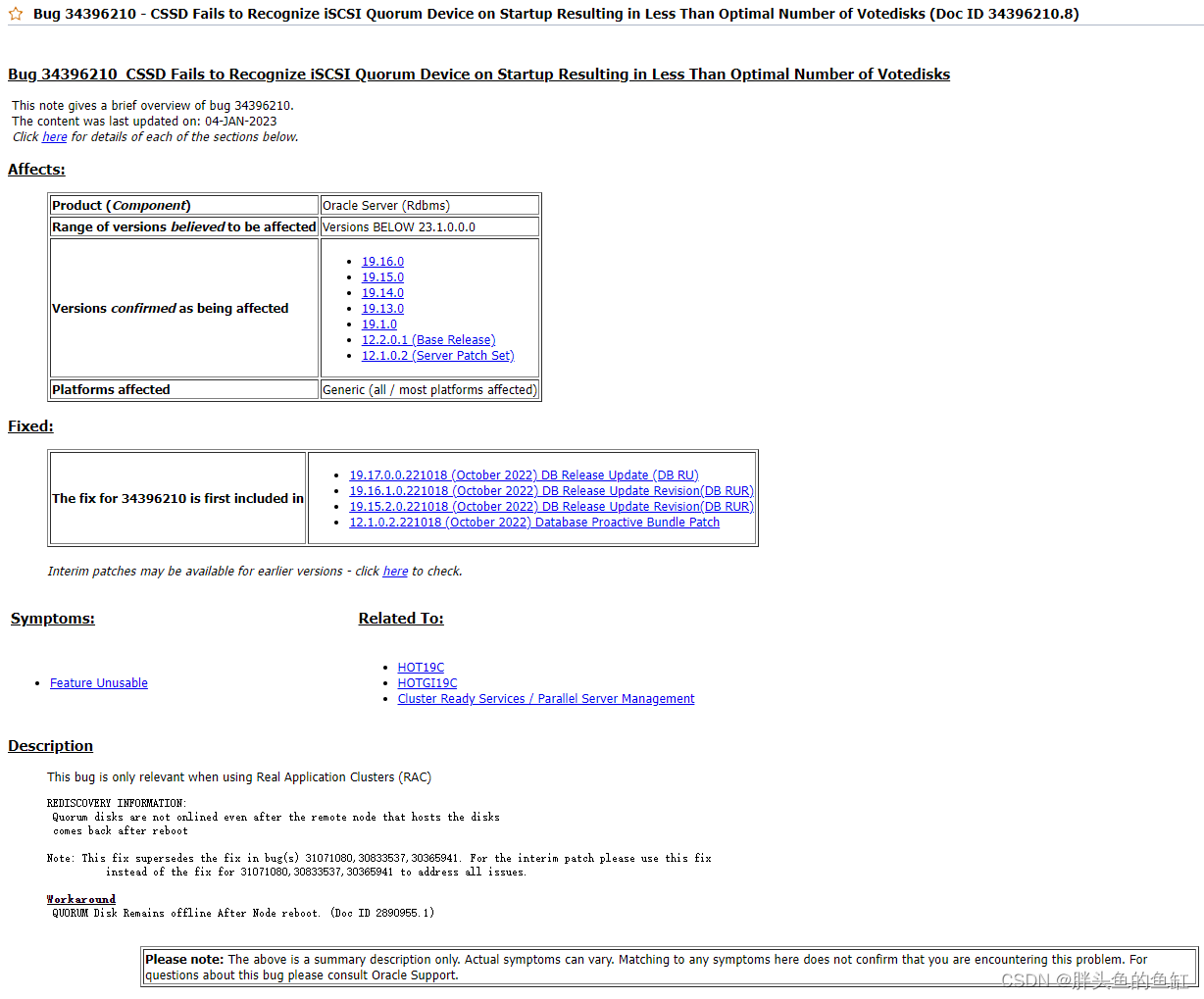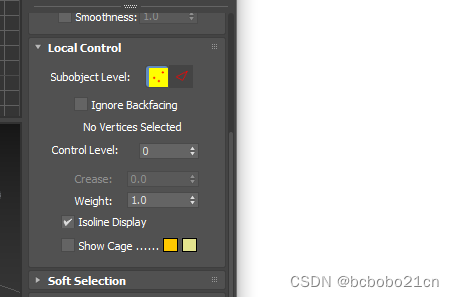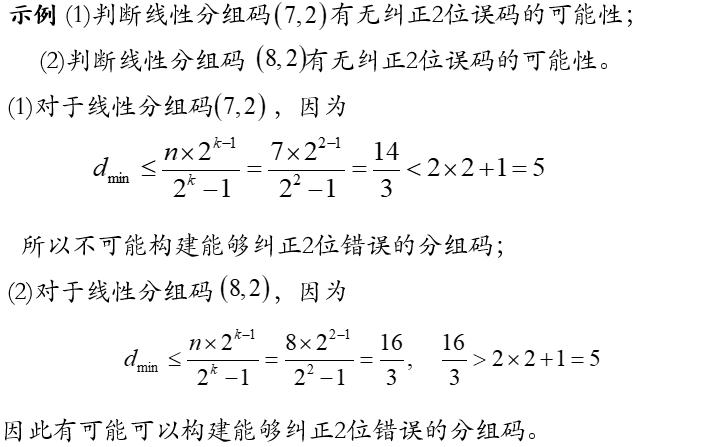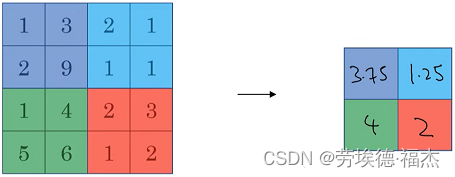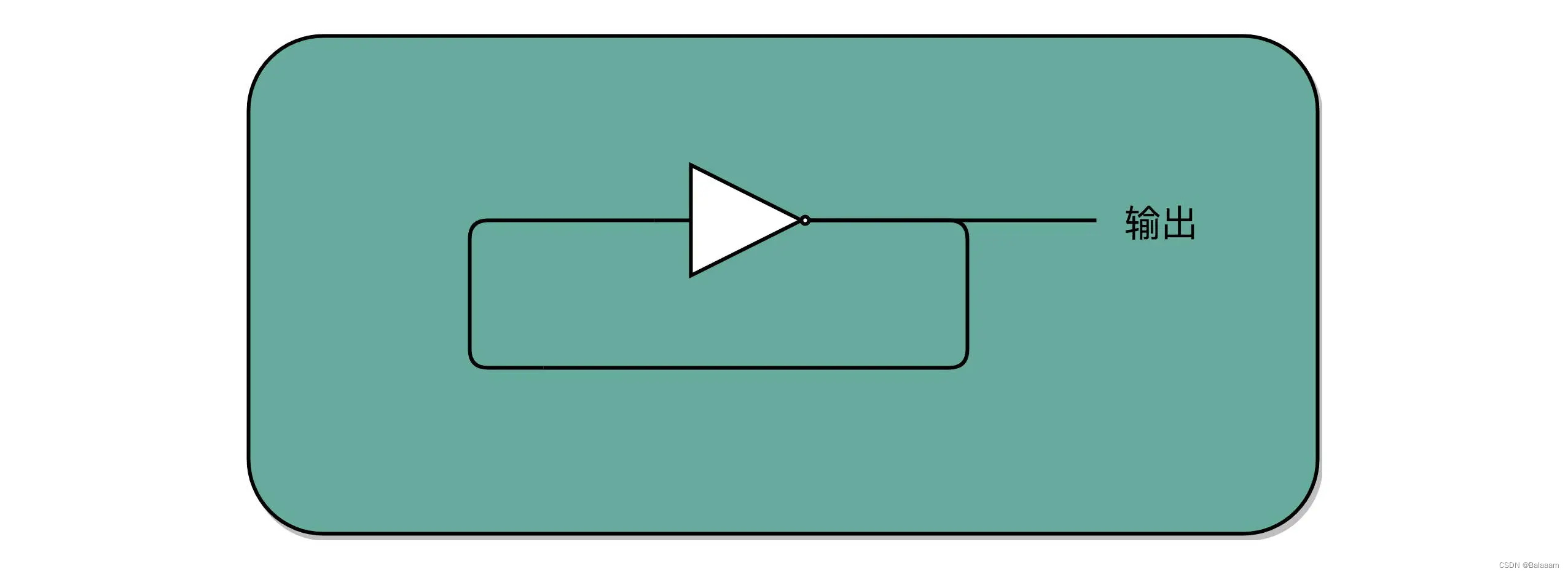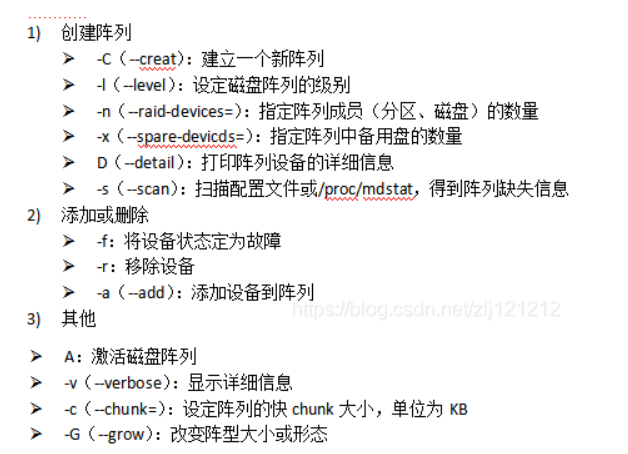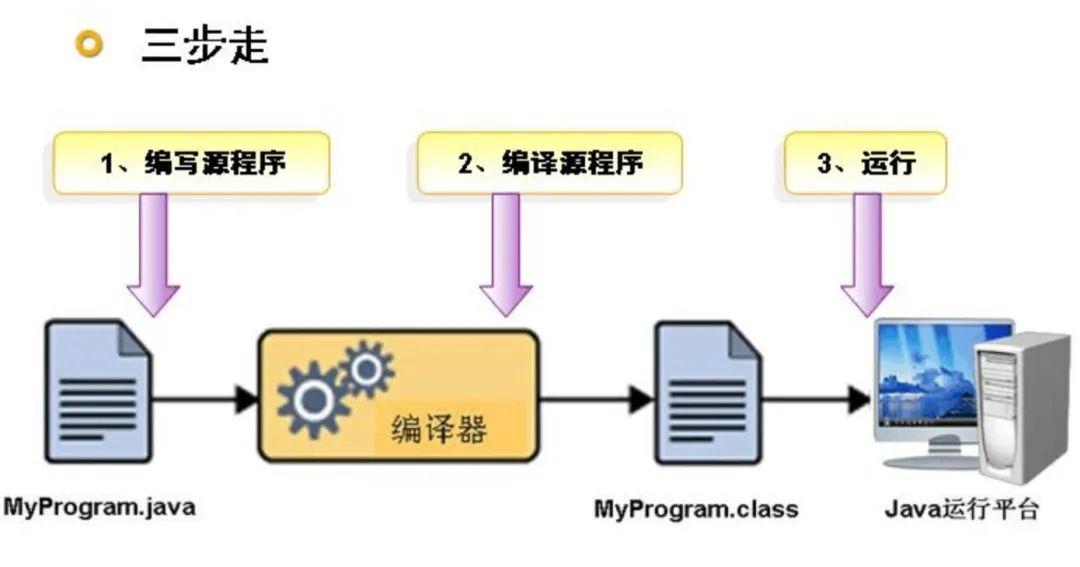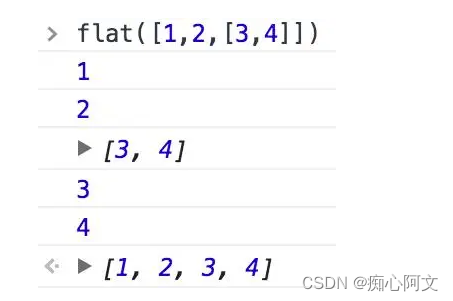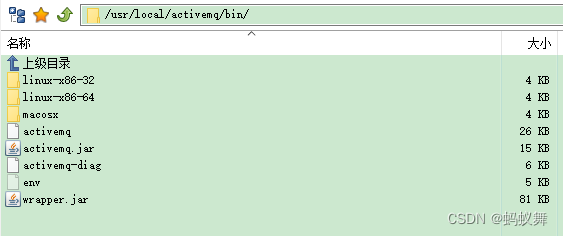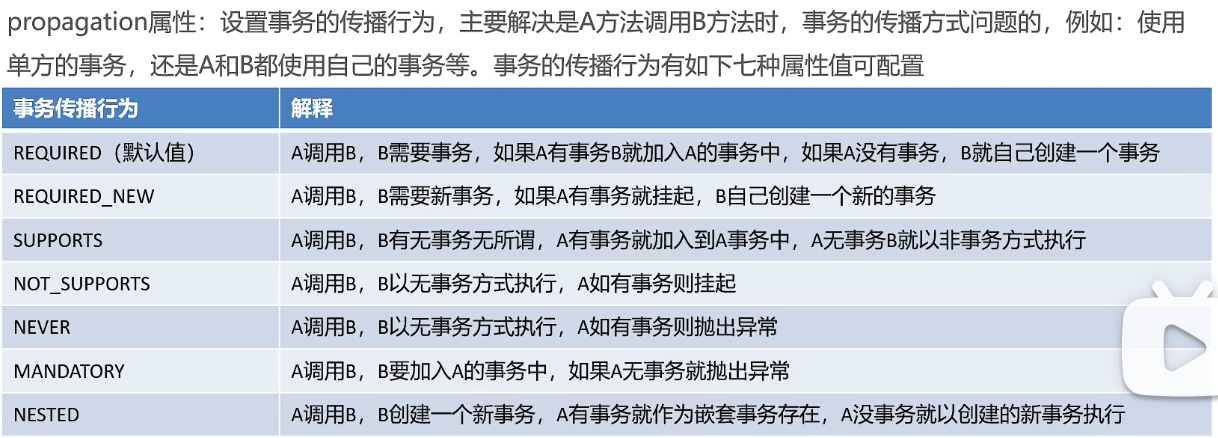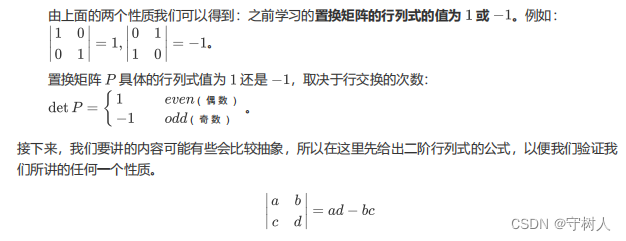定义于头文件 <forward_list>
| template< class T, | (1) | (C++11 起) |
| namespace pmr { template <class T> | (2) | (C++17 起) |
std::forward_list 是支持从容器中的任何位置快速插入和移除元素的容器。不支持快速随机访问。它实现为单链表,且实质上与其在 C 中实现相比无任何开销。与 std::list 相比,此容器提在不需要双向迭代时提供更有效地利用空间的存储。
在链表内或跨数个链表添加、移除和移动元素,不会非法化当前指代链表中其他元素的迭代器。然而,在从链表移除元素(通过 erase_after )时,指代对应元素的迭代器或引用会被非法化。
std::forward_list 满足容器 (Container) (除了 operator== 的复杂度始终为线性和 size 函数)、具分配器容器 (AllocatorAwareContainer) 和序列容器 (SequenceContainer) 的要求。
操作
从另一 forward_list 移动元素
std::forward_list<T,Allocator>::splice_after| void splice_after( const_iterator pos, forward_list& other ); | (1) | (C++11 起) |
| void splice_after( const_iterator pos, forward_list&& other ); | (1) | (C++11 起) |
| void splice_after( const_iterator pos, forward_list& other, | (2) | (C++11 起) |
| void splice_after( const_iterator pos, forward_list&& other, | (2) | (C++11 起) |
| void splice_after( const_iterator pos, forward_list& other, | (3) | (C++11 起) |
| void splice_after( const_iterator pos, forward_list&& other, | (3) | (C++11 起) |
从另一 forward_list 移动元素到 *this 。
不复制元素。 pos 必须是指向 *this 中的可解引用迭代器或 before_begin() 迭代器(特别是 end() 不是 pos 的合法参数值)。若 get_allocator() != other.get_allocator() 则行为未定义。没有迭代器或引用被非法化,指向被移动的元素的迭代器现在指代到 *this 中,而非 other 中。
1) 从 other 移动所有元素到 *this 。元素被插入到 pos 所指向的元素后。操作后 other 变为空。若 other 与 *this 指代同一对象则行为未定义。
2) 从 other 移动后随 it 的迭代器所指向的元素到 *this 。元素被插入到 pos 所指向的元素后,若 pos == it 或若 pos == ++it 则无效果。
3) 从 other 移动范围 (first, last) 中的元素到 *this 。元素被插入到 pos 所指向的元素后。不移动 first 所指向的元素。若 pos 是范围 (first,last) 中的元素则行为未定义。
参数
| pos | - | 指向将插入内容到其后的元素的迭代器 |
| other | - | 移动内容来源的另一容器 |
| it | - | 指向从 other 移动到 *this 的元素的迭代器的前趋迭代器 |
| first, last | - | 从 other 移动到 *this 的元素范围 |
返回值
(无)
异常
不抛出。
复杂度
1) 与 other 的大小成线性
2) 常数
3) 与 std::distance(first, last) 成线性
调用示例
#include <iostream>
#include <forward_list>
#include <string>
#include <iterator>
#include <algorithm>
#include <time.h>
using namespace std;
struct Cell
{
int x;
int y;
Cell() = default;
Cell(int a, int b): x(a), y(b) {}
Cell &operator +=(const Cell &cell)
{
x += cell.x;
y += cell.y;
return *this;
}
Cell &operator +(const Cell &cell)
{
x += cell.x;
y += cell.y;
return *this;
}
Cell &operator *(const Cell &cell)
{
x *= cell.x;
y *= cell.y;
return *this;
}
Cell &operator ++()
{
x += 1;
y += 1;
return *this;
}
bool operator <(const Cell &cell) const
{
if (x == cell.x)
{
return y < cell.y;
}
else
{
return x < cell.x;
}
}
bool operator ==(const Cell &cell) const
{
return x == cell.x && y == cell.y;
}
};
std::ostream &operator<<(std::ostream &os, const Cell &cell)
{
os << "{" << cell.x << "," << cell.y << "}";
return os;
}
int main()
{
std::cout << std::boolalpha;
std::mt19937 g{std::random_device{}()};
srand((unsigned)time(NULL));
auto generate = []()
{
int n = std::rand() % 10 + 100;
Cell cell{n, n};
return cell;
};
std::forward_list<Cell> forward_list1(3);
std::generate(forward_list1.begin(), forward_list1.end(), generate);
std::cout << "forward_list1: ";
std::copy(forward_list1.begin(), forward_list1.end(), std::ostream_iterator<Cell>(std::cout, " "));
std::cout << std::endl;
std::forward_list<Cell> forward_list2(3);
std::generate(forward_list2.begin(), forward_list2.end(), generate);
std::cout << "forward_list2: ";
std::copy(forward_list2.begin(), forward_list2.end(), std::ostream_iterator<Cell>(std::cout, " "));
std::cout << std::endl;
//1) 从 other 移动所有元素到 *this 。
forward_list1.splice_after(forward_list1.begin(), forward_list2);
std::cout << "splice_after: ";
std::copy(forward_list1.begin(), forward_list1.end(), std::ostream_iterator<Cell>(std::cout, " "));
std::cout << std::endl;
std::cout << std::endl;
std::forward_list<Cell> forward_list3(3);
std::generate(forward_list3.begin(), forward_list3.end(), generate);
std::cout << "forward_list3: ";
std::copy(forward_list3.begin(), forward_list3.end(), std::ostream_iterator<Cell>(std::cout, " "));
std::cout << std::endl;
std::forward_list<Cell> forward_list4(3);
std::generate(forward_list4.begin(), forward_list4.end(), generate);
std::cout << "forward_list4: ";
std::copy(forward_list4.begin(), forward_list4.end(), std::ostream_iterator<Cell>(std::cout, " "));
std::cout << std::endl;
//1) 从 other 移动所有元素到 *this 。移动语义。
forward_list3.splice_after(forward_list3.begin(), std::move(forward_list4));
std::cout << "splice_after: ";
std::copy(forward_list3.begin(), forward_list3.end(), std::ostream_iterator<Cell>(std::cout, " "));
std::cout << std::endl;
std::cout << std::endl;
std::forward_list<Cell> forward_list5(3);
std::generate(forward_list5.begin(), forward_list5.end(), generate);
std::cout << "forward_list5: ";
std::copy(forward_list5.begin(), forward_list5.end(), std::ostream_iterator<Cell>(std::cout, " "));
std::cout << std::endl;
std::forward_list<Cell> forward_list6(3);
std::generate(forward_list6.begin(), forward_list6.end(), generate);
std::cout << "forward_list6: ";
std::copy(forward_list6.begin(), forward_list6.end(), std::ostream_iterator<Cell>(std::cout, " "));
std::cout << std::endl;
//2) 从 other 移动后随 it 的迭代器所指向的元素到 *this 。
forward_list5.splice_after(forward_list5.begin(), forward_list6, forward_list6.before_begin());
std::cout << "splice_after: ";
std::copy(forward_list5.begin(), forward_list5.end(), std::ostream_iterator<Cell>(std::cout, " "));
std::cout << std::endl;
std::cout << std::endl;
std::forward_list<Cell> forward_list7(3);
std::generate(forward_list7.begin(), forward_list7.end(), generate);
std::cout << "forward_list7: ";
std::copy(forward_list7.begin(), forward_list7.end(), std::ostream_iterator<Cell>(std::cout, " "));
std::cout << std::endl;
std::forward_list<Cell> forward_list8(3);
std::generate(forward_list8.begin(), forward_list8.end(), generate);
std::cout << "forward_list8: ";
std::copy(forward_list8.begin(), forward_list8.end(), std::ostream_iterator<Cell>(std::cout, " "));
std::cout << std::endl;
//2) 从 other 移动后随 it 的迭代器所指向的元素到 *this 。 移动语义。
forward_list7.splice_after(forward_list7.begin(), std::move(forward_list8), forward_list8.before_begin());
std::cout << "splice_after: ";
std::copy(forward_list7.begin(), forward_list7.end(), std::ostream_iterator<Cell>(std::cout, " "));
std::cout << std::endl;
std::cout << std::endl;
std::forward_list<Cell> forward_list9(3);
std::generate(forward_list9.begin(), forward_list9.end(), generate);
std::cout << "forward_list9: ";
std::copy(forward_list9.begin(), forward_list9.end(), std::ostream_iterator<Cell>(std::cout, " "));
std::cout << std::endl;
std::forward_list<Cell> forward_list10(3);
std::generate(forward_list10.begin(), forward_list10.end(), generate);
std::cout << "forward_list10: ";
std::copy(forward_list10.begin(), forward_list10.end(), std::ostream_iterator<Cell>(std::cout, " "));
std::cout << std::endl;
//3) 从 other 移动范围 (first, last) 中的元素到 *this 。
forward_list9.splice_after(forward_list9.begin(), forward_list10, forward_list10.begin(), forward_list10.end());
std::cout << "splice_after: ";
std::copy(forward_list9.begin(), forward_list9.end(), std::ostream_iterator<Cell>(std::cout, " "));
std::cout << std::endl;
std::cout << std::endl;
std::forward_list<Cell> forward_list11(3);
std::generate(forward_list11.begin(), forward_list11.end(), generate);
std::cout << "forward_list11: ";
std::copy(forward_list11.begin(), forward_list11.end(), std::ostream_iterator<Cell>(std::cout, " "));
std::cout << std::endl;
std::forward_list<Cell> forward_list12(3);
std::generate(forward_list12.begin(), forward_list12.end(), generate);
std::cout << "forward_list12: ";
std::copy(forward_list12.begin(), forward_list12.end(), std::ostream_iterator<Cell>(std::cout, " "));
std::cout << std::endl;
//2) 从 other 移动后随 it 的迭代器所指向的元素到 *this 。 移动语义。
forward_list11.splice_after(forward_list11.begin(), std::move(forward_list12), forward_list12.begin(), forward_list12.end());
std::cout << "splice_after: ";
std::copy(forward_list11.begin(), forward_list11.end(), std::ostream_iterator<Cell>(std::cout, " "));
std::cout << std::endl;
return 0;
}输出
